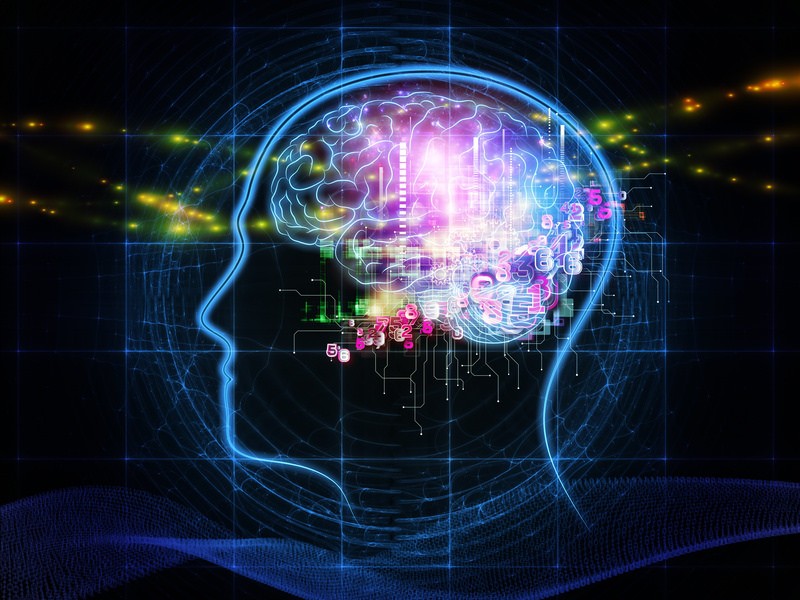Hailed as the most complex structure in the universe, the human brain is second to none, but which organ comes closest to it? The testicle, according to a recently published study.
The human body is a collection of different organs that work together to maintain overall health and homeostasis. At the very top of this machinery is the human brain, the control center of the nervous system. It receives signals from the sensory organs which it translates into functional information towards multiple physiological compartments. The brain is also responsible for producing speech, storing memory, and developing thought and emotion.
The human testicle plays a leading role in the reproduction and evolution of our species. It is he who produces gametes (sperm) and synthesizes/secrets male hormones, mainly testosterone.
These two structures therefore seem to operate functions which, on paper, are separable. Despite this, it has become apparent over the past few decades that the human brain and testes share several characteristics .
For example, we know that among all the organs in the body, these two structures share the greatest number of genes. Recently, a study also highlighted a positive correlation between general intelligence and sperm quality. A possible association between male sexual dysfunction and neurological disorders has also been proposed.
But these are not the only similarities. While the brain is made up of neurons supported by glial cells, the testes also contain supporting cells called Sertoli cells. Interestingly, both of these cell types produce lactate , a substance used as an energy source by neurons and germ cells.
The brain and testicles are also distinguished by their very high energy needs, and are therefore particularly sensitive to oxidative stress. To counter this weakness, both fabrics have developed similar protective barriers :the blood-brain barrier and the blood-testicular barrier.

More recently, researchers from the University of Aveiro and the University of Porto, Portugal, and the University of Birmingham, UK, discovered that the human brain (both male and female) and the testicles contain the greatest number of common proteins .
In their article published in the journal Royal Society Open Biology, the researchers explain that they compared the proteomes (all the proteins expressed in a cell) of thirty-three types of human tissue different. These were taken from the brain, heart, ovaries, testicles, liver, prostate, cervix and kidneys.
According to these results, the brain is made up of 14,315 different proteins, while the testicles are home to 15,687. In these samples, the two types of tissues share 13,442 in common.
These similarities between the human brain and testes are not fully understood, but researchers suggest they may be the product of a process called speciation . According to this theory, the same natural selection pressures that led to the emergence of our species could have helped shape the development of the brain and testicles, cementing the relationship between these two tissues.